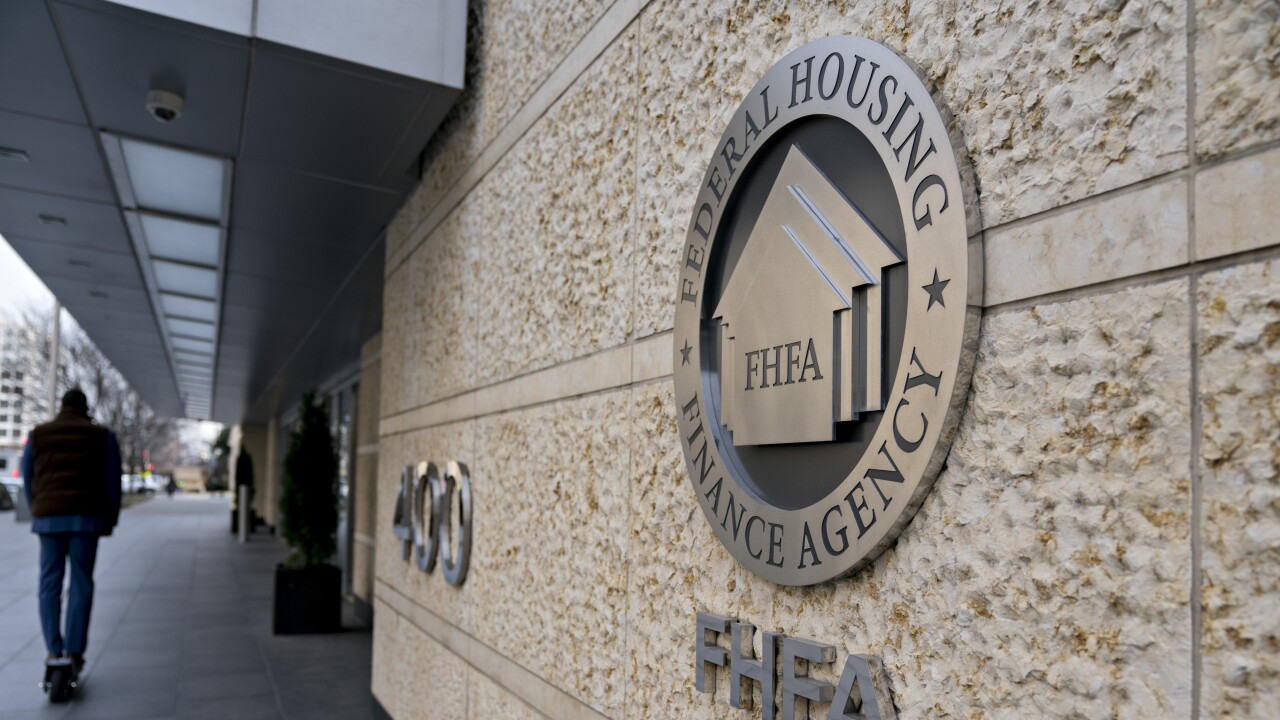After the government-sponsored enterprise patch expires, "near prime" loans over the 43% debt-to-income ratio should be
The patch, which the
Approximately 3.3 million loans, or 19% of

"Once the patch expires, many borrowers who today qualify for a QM loan would find themselves ineligible due to the 43% DTI limit. CFPB should amend its rule to accommodate the significant number of sustainable loans over 43% DTI so that that these borrowers will not be forced out of the mortgage market altogether or into more expensive and riskier products," the report's authors, Eric Stein and Mike Calhoun, said in a press release. Stein is the president of Self Help, CRL's parent, and Calhoun is CRL's president.
"While DTI is an important factor to consider in underwriting loans, CFPB should choose an approach for near-prime loans that permits lenders to use compensating factors rather than relying solely on DTI."
With a hard 43% DTI cutoff, "lower-wealth families, including families of color, with a strong ability to repay, would have been more likely than others to be excluded from the QM market," according to the CRL report.
Changes to the labor market have complicated DTI calculations because traditional underwriting doesn’t account for them. Examples include
The center suggests to allow fully documented near-prime loans priced between 150 and either 250 or 300 basis points above the average prime offer rate to be considered QM, with a rebuttable presumption instead of the safe harbor protection offered to loans under the 150 bp threshold. This is in line with the patch for GSE loans.
Higher-rate loans still should be subject to a DTI limit because it "creates an important friction to providing loans that pose greater risk to borrowers," the report said.
Another alternative to the patch would be not to allow near-prime loans over the 43% DTI threshold to be considered QM unless the lender uses a validated underwriting model with statistically predictive compensating factors such as residual income to distinguish which higher DTI loans to make, according to the CRL. The CFPB would define the standards and components of the model.
"CFPB in fact has already issued such a regulation through its definition of an 'empirically derived, demonstrably and statistically sound, credit scoring system' under the Equal Credit Opportunity Act in order for lenders to use age as a predictive factor in evaluating creditworthiness. CFPB could slightly modify this regulation to provide a similar definition for a validated underwriting model or adapt FHFA's pending rulemaking on validated credit score models," the report said.
For now, the CRL is calling for the patch's expiration to be extended temporarily.
"There simply is not enough time for CFPB to do its job well on such an important issue without an interim extension. Further, if CFPB chooses the validated model approach, it would take time to put it into effect. In that case, CFPB should implement the simpler first proposal in the interim," the report said.





